New Zealand culture has a bizarre combination of retro-attitudes (I see respectable people everywhere without shoes — in restaurants, bars, post office, movie theaters, etc.) and obsessively over-regulated bureaucracy. One example of the latter is the automobile Warrant of Fitness. This bi-annual inspection is a requirement for all vehicles, and you are not allowed to drive a car without a current WOF. I’m not arguing that it’s an entirely unreasonable concept. Of course there is something to be said for keeping potential hazards off the road. However, in a country where at least half the bridges are one lane and people run around barefoot among shards of broken glass, it seems radically inconsistent.
*rant alert*
To add to the befuddling contradictions, a WOF inspection (which carries a fee of $50 payable by the vehicle owner) leaves out key areas… i.e. The ENGINE! They don’t care if your oil is black as tar or non-existent. Or if your radiator is completely corroded or fails to hold liquid. Or if your brake pads are within a millimeter of non-existence (as long as the pressures are equal). Or if your timing belt is going to break any day now. But you know what they do care about? If your plastic blinker cover has condensation on the inside! FAIL. FAIL, FAIL, FAIL! Get out the blowdryer!
I feel that some of the bureaucratic standards are irrational and serve to decrease quality of life for the lower-middle-class and the flat-out-poor. Remember the car your friend had with the one door that didn’t open? FAIL. No more driving for them! What about the years you drove around with a giant crack in your windshield because you were a poor university graduate swamped in debt. FAIL. Hand over the keys! Remember the ’71 Volvo with the faded seat belts? FAIL. The suspension that you couldn’t afford to have fixed right away? FAIL. The speedometer that stopped working in the car that got 40 miles to the gallon? FAIL. The tires that you couldn’t afford right away? FAIL.
To our deep disappointment, the results of our WOF inspection were: 1) rear braking pressures too different, 2) front suspension bushings worn, 3) condensation in blinker panel, 4) condensation in tail light with hairline crack needing repair. If you know anything about cars, you know the real spelling for #2 is $u$pen$ion. Especially on a 4WD like ours. Boo! I hung out with the mechanics in the shop while they worked on the vehicle for an entire afternoon and the whole following day past closing time. Upon return to the WOF inspectors we FAILED again! They said the braking pressures still weren’t good enough, and so ensued another day blown on car repair. The shop tweaked and tweaked again, and finally drove the car over to the inspectors and practically forced them to pass the brakes on account of the inspectors’ faulty machine!
In summary — I spent four long days bleeding money into the NZ auto industry watching my carefully planned and budgeted hopes and dreams being thrashed away an hour at a time. And of course the silver lining is that I’m privileged enough to own a vehicle, to have the time to deal with this wrench in the works, to be mired in NZ bureaucracy, and to have spent 25% of my remaining NZ travel budget on car repairs (instead of 100). I’m almost over it. Thanks for listening!
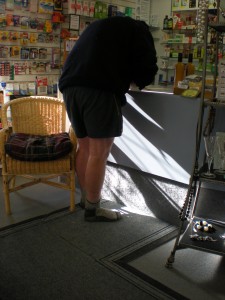

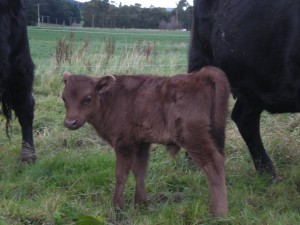
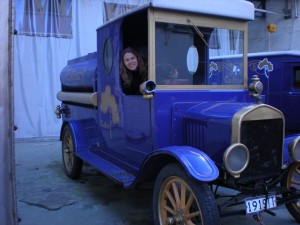
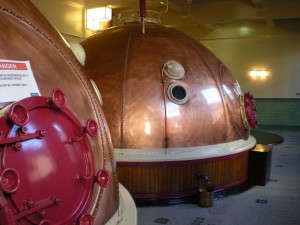

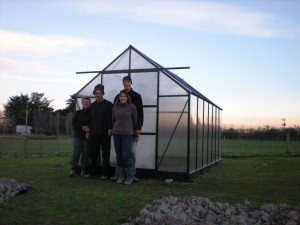


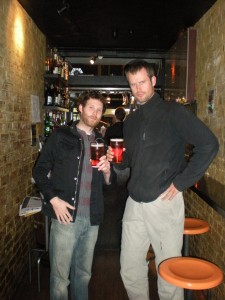


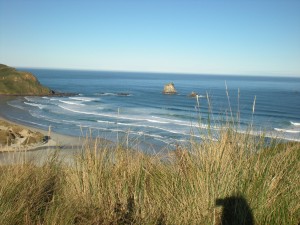

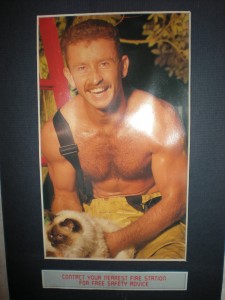
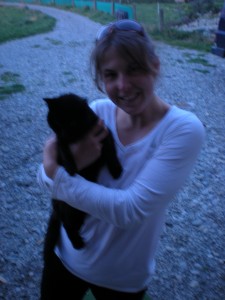
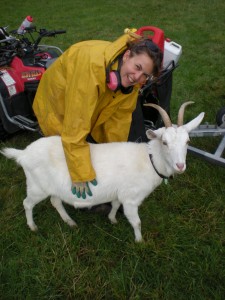
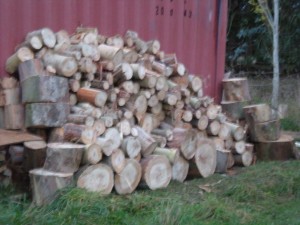



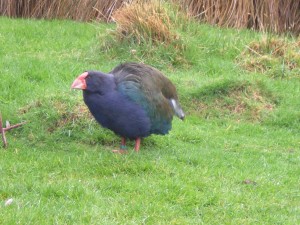






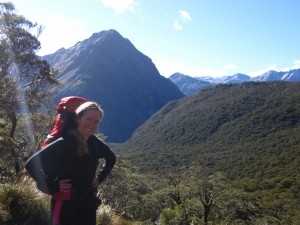

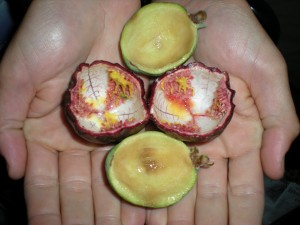

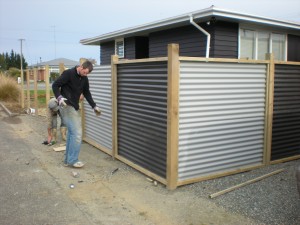

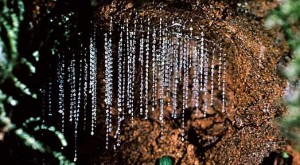
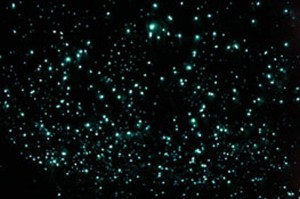


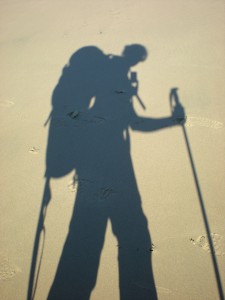


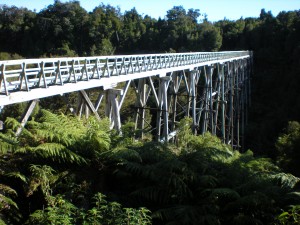
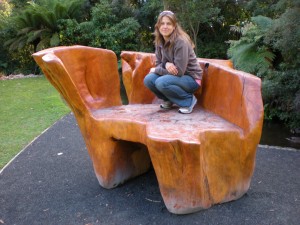
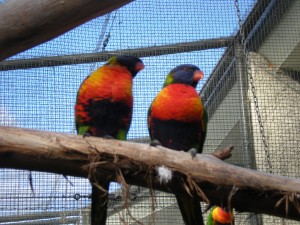
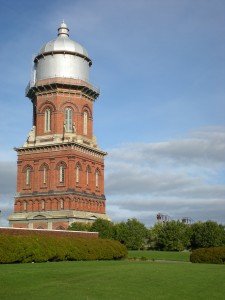
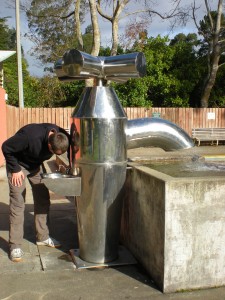



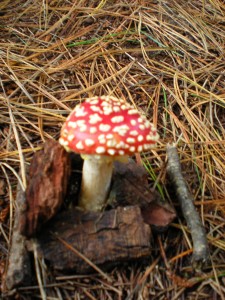





Twitter Facebook Google+ StumbleUpon Reddit Pinterest